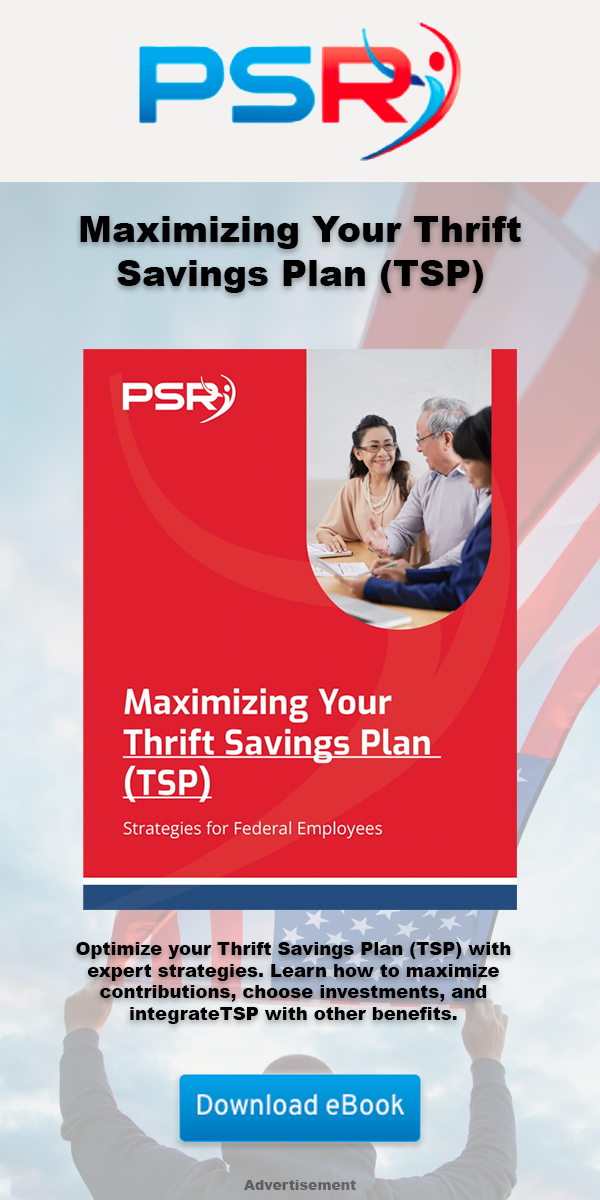Key Takeaways
-
Military buybacks allow veterans to count their years of service toward federal civilian retirement, increasing their pension benefits and enabling earlier retirement.
-
The process is straightforward, but understanding timelines, costs, and benefits ensures you make the most of this valuable opportunity.
Unlocking the Benefits of Military Buyback
If you’ve served in the military and transitioned to a federal civilian role, you’ve already demonstrated a commitment to public service. But did you know you can amplify the benefits of your federal career by leveraging your
military service for retirement? Military buybacks can significantly enhance your federal pension while allowing you to retire sooner than you might have thought possible. Let’s break it down step by step so you can make the most of this unique opportunity.
What Is a Military Buyback?
Military buyback is a program that allows federal employees who previously served in the military to “buy back” their military service time. By doing so, you can count these years toward your civilian federal retirement under the Federal Employees Retirement System (FERS) or the older Civil Service Retirement System (CSRS).
Here’s the catch: While your military service is honorable, it doesn’t automatically count toward your federal pension unless you take steps to buy it back. This requires paying a deposit, which is calculated based on a percentage of your military base pay earned during your years of service.
How Does It Work?
The military buyback process is straightforward but involves a few critical steps. Let’s walk through them:
1. Request Your Military Earnings
Your first step is to obtain a statement of your military earnings from the Defense Finance and Accounting Service (DFAS). This document is crucial because it forms the basis for calculating your buyback deposit.
2. Calculate Your Deposit
The deposit amount is typically 3% of your military base pay for service before 1999 and 3.25% for service from 1999 onward. Interest is added if you delay starting the process, so it’s wise to act quickly.
3. Submit Your Application
Submit your buyback request through your federal agency’s human resources department, along with the necessary documents. They will guide you on completing the application and making your deposit.
4. Pay the Deposit
Once your deposit amount is confirmed, you’ll need to make the payment. This can often be done through payroll deductions or a lump sum. Once paid, your military years will officially count toward your federal retirement.
Who Qualifies for Military Buyback?
To qualify for military buyback, you must meet these basic criteria:
-
You served in active-duty military service.
-
Your military service was not already credited toward another retirement system, such as a military pension (exceptions may apply for Reserve or National Guard members).
-
You are currently employed in a federal civilian position or have previously worked in one.
Benefits of Military Buyback
The benefits of buying back your military time are substantial. Here’s why it’s worth considering:
1. Increased Pension Benefits
Each year of military service you buy back adds directly to your years of creditable service under FERS or CSRS. This can significantly increase your monthly annuity payment, especially under FERS, which calculates your pension based on your years of service and your high-3 average salary.
2. Earlier Retirement Eligibility
With additional years of service credited, you might reach the retirement eligibility thresholds for age and years of service sooner. For example, under FERS, you can retire at age 57 with 30 years of service. If you’ve served 5 years in the military and buy back that time, you only need 25 years in federal service to qualify.
3. Cost-Effective Investment
The deposit required for a military buyback is often modest compared to the long-term financial benefits it provides. Think of it as an investment in your retirement security.
Military Buyback Timelines and Deadlines
Timing is crucial when it comes to military buybacks. Here’s what you need to know:
-
Interest-Free Period: If you buy back your military time within 2 years of starting your federal civilian job, you’ll avoid paying interest on the deposit. Delaying beyond this window can increase your costs significantly.
-
Processing Time: Completing the buyback process can take several months, so it’s best to start early. Submit your application as soon as possible to ensure your creditable service is updated promptly.
Challenges to Keep in Mind
While the military buyback process is highly beneficial, it’s not without its challenges. Be prepared for these common hurdles:
1. Gathering Documentation
Obtaining your military earnings statement and other required documents can take time, especially if you’ve been out of service for many years.
2. Navigating the Process
The application process involves multiple steps and coordination between your federal agency and the Office of Personnel Management (OPM). Attention to detail is essential to avoid delays.
3. Weighing the Costs
Although the deposit is relatively modest, it’s essential to assess whether it fits within your current financial plans. However, the long-term benefits often outweigh the initial cost.
Why Act Now?
Delaying your military buyback can lead to higher costs due to accrued interest on your deposit. Additionally, waiting too long could jeopardize your ability to complete the process before you retire. Starting now ensures you maximize the benefits of this program without unnecessary financial strain.
Coordination with Other Retirement Benefits
Military buybacks work seamlessly with other federal benefits, but it’s crucial to understand how they interact:
1. FERS or CSRS Pension
Your bought-back military years are added to your civilian service to calculate your pension. Under FERS, for example, your annuity is calculated as 1% of your high-3 average salary for each year of creditable service (or 1.1% if you retire at age 62 or later with at least 20 years of service).
2. Social Security
Military service can also earn you Social Security credits. However, the Windfall Elimination Provision (WEP) may reduce your Social Security benefits if you’re under CSRS. It’s essential to understand these rules to avoid surprises.
3. Thrift Savings Plan (TSP)
Buying back your military service doesn’t directly affect your TSP, but it enhances your overall retirement package by boosting your pension and potentially enabling earlier retirement.
Tips for a Smooth Military Buyback
Maximize the benefits of your military buyback with these tips:
-
Act Early: Start the process within your first two years of federal service to avoid interest charges.
-
Keep Records: Maintain copies of all documentation and correspondence related to your buyback.
-
Ask Questions: Don’t hesitate to consult your HR office or a retirement counselor for guidance.
-
Evaluate Costs and Benefits: Use online calculators or seek professional advice to assess the long-term financial impact of a buyback.
Making Your Federal Retirement Work for You
Buying back your military service is one of the smartest moves you can make as a federal employee. It’s an investment in your financial future, offering increased pension benefits, earlier retirement eligibility, and greater security for your golden years. By understanding the process and acting promptly, you can take full advantage of this valuable program and enjoy the retirement you’ve earned.













